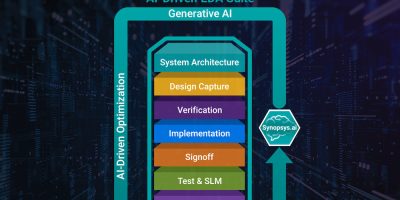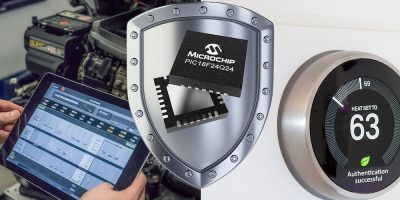Synopsys aims to revolutionise the industry with generative AI capabilities, starting with Synopsys.ai Copilot, across the Synopsys.ai suite, building on its AI-driven optimisation and data analytics solutions.
Expansion of Synopsys.ai with generative AI capabilities will include collaborative, generative, and autonomous design to significantly boost productivity and accelerate innovation.
Synopsys have announced the expansion of its leading Synopsys.ai™ EDA suite, to bring the power of generative artificial intelligence (GenAI) across the full stack in order to dramatically improve engineering productivity for the semiconductor industry. This expands upon Synopsys’ recent announcement to deliver Synopsys.ai Copilot, the first in a series of GenAI capabilities for chip design.
The integration of GenAI across the Synopsys.ai suite will provide chip designers with collaborative capabilities that offer expert tool guidance; generative capabilities for RTL, verification, and other collateral creation; and autonomous capabilities for workflow creation from natural language. Synopsys is engaging early with leading chip makers including AMD, Intel, and Microsoft to leverage the value of GenAI across the Synopsys.ai full EDA stack, from design and verification to test and manufacturing.
“For 37 years, Synopsys has helped chipmakers solve their toughest design challenges and continues to be a catalyst for semiconductor progress,” said Shankar Krishnamoorthy, general manager, Synopsys EDA Group. “As the pioneer of AI-driven chip design, Synopsys is directly addressing engineering productivity during a period of talent shortages by expanding our leading Synopsys.ai suite to include generative AI capabilities across the full stack. This is an exciting time in the semiconductor industry and Synopsys continues to innovate relentlessly to enable the industry to meet stringent compute and performance-per-watt requirements of end markets.”
Synopsys is addressing the engineering productivity gap by delivering production-proven, AI-driven optimisation and data analytics capabilities across all stages of IC chip development. The Synopsys.ai EDA suite accelerates the chip design workflow by enabling companies to build more chips faster with a workforce that is not growing at the same pace as the industry demands.







